Floor graphics are a great way to promote brands or messages in commercial spaces. They can also be used for directional signage to help customers or visitors find their way around.
Achieving a great-looking floor graphic is the result of a balanced recipe that includes good design, affordable manufacturing costs, clever placement, and judicious use of resources. Let’s look at what material is best for floor graphics.
Vinyl
Floor graphics are an excellent way to advertise products or services in retail and other commercial spaces. They are typically made of vinyl and can be printed with full color, life-like images, or a simple black-and-white message.
They are easy to clean and can be installed on various surfaces, including wood, concrete, tile, or carpet. Additionally, they are durable enough to withstand high foot traffic, making them a great option for busy businesses.
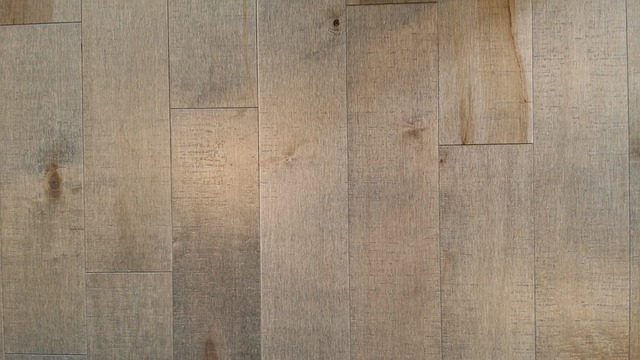
In addition to advertising products or services, floor graphics can also be used for wayfinding arrows. This type of graphic can help customers navigate through a store or office and reduce the number of mistakes made by confused customers. They can also be used to direct customers to specific areas, such as restrooms or checkout counters.
One of the biggest challenges with implementing floor graphics is selecting the right substrate to ensure they will last and withstand frequent use, wear, and tear. It is important to select a substrate that can withstand the physical stress of heavy footfall and the rigors of indoor environments such as high humidity.
In addition, the substrate should be designed to take into account temperature and light fluctuations.
It is also important to choose a print medium that can be applied and removed without the need for additional tools or equipment. This is particularly useful in industries like retail and hospitality, where graphics are frequently changed or swapped out.

A one-step vinyl substrate that does not require an overlaminate application helps save time and resources while ensuring vibrant, quality graphics.
Unlike wall-mounted signage, which often requires a nail or a stud to be mounted, floor graphics are typically applied using adhesives that do not damage the substrate. This makes them a more space-efficient solution for conveying practical information, especially in high-footfall areas like stores, restaurants, hotels, or public institutions such as museums or government buildings.
Moreover, they do not block the flow of traffic and can be used to communicate key messages about safety and security while adding an attractive touch to the interior décor.
Foil
Floor graphics are a great way to promote a business or event. They can be printed on anti-slip materials and placed on outdoor concrete sidewalks, indoor sealed floors, or even low-pile carpets.
They can also be used to convey safety messages or directional signage. While they are often a common sight in commercial and public spaces, it is important to ensure that they meet the required specifications. This includes ensuring the material is slip-resistant and durable enough to withstand heavy foot traffic.
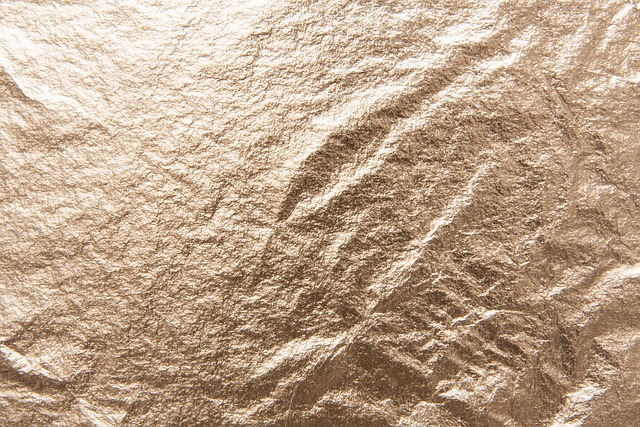
When installing a floor graphic, it is important to make sure that the surface is clean and dry before application. A putty knife or a cloth can be used to remove any build-up and to smooth the adhesive.
A cleaner that is compatible with the adhesive should be used, as this will reduce the risk of damaging the floor graphic. It is also recommended to allow the floor graphic to cure for 24 hours before regular cleaning begins.
A variety of vinyls are available for floor graphics, including those specifically formulated for rough surfaces. These are usually more expensive than standard vinyl but can offer better adhesion to rough surfaces, particularly textured or bumpy ones.
The aluminum foil backing on these materials can mold around uneven surfaces, including brickwork, concrete, and tarmac.
Foil is an excellent choice for floor graphics because it can withstand heavy foot traffic without damaging the surface underneath.
It is also an environmentally friendly material, as it is PVC-free. It can be printed in full color and is available for both indoor and outdoor use. It can be customized with logos and images and is perfect for retail outlets.
For longer-term applications, a solvent-based adhesive is typically used to increase durability and help the vinyl resist chemicals, heat, humidity, and temperature changes. A non-skid gloss over-laminate can be added to prevent the graphic from slipping.
This type of combination is more expensive than a base and laminate-only solution. Still, it can be more cost-effective in the long run than reprinting graphics that have been rubbed off due to heavy foot traffic before their life expectancy is reached.
Fabric
Floor graphics are an excellent way to increase brand awareness, promote products or services, or direct people to specific locations. Often, they’re printed on anti-slip materials to make them safe for pedestrian traffic. Most use vinyl, which is backed with an adhesive and has a protective laminate over the top, ensuring durability. They are ideal for indoor and outdoor spaces with high footfall.
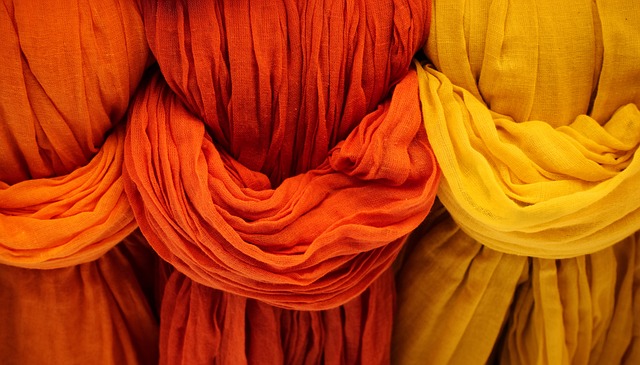
In the event of an emergency, these graphics can direct people to exits or help them find specific products within stores. They’re also a great way to get people talking about a brand.
When creating these floor decals, the viewing angle should be taken into account. They should be positioned to ensure the viewer can see them clearly, especially when they’re in motion. In addition, the color scheme should be bright and simple to stand out against a busy background. Additionally, good-quality floor graphics should be durable and slip-resistant.
While vinyl is one of the most common materials used for floor graphics, fabric and film are also available. Fabric- and PET-based graphics are ideal for carpets but require special preparation to ensure they adhere properly. The surface should be clean and dry before applying the graphics, and the adhesive should be formulated to avoid leaving residue behind after removal.
When installing these graphics, it’s important to work slowly and carefully. Removing the release liner too quickly can cause the graphics to crease or create air bubbles, which can shorten their lifespan. Applying them using a squeegee, working from the center outward with firm, even pressure is also a good idea.
It’s also critical to consider the environment and substrate when choosing materials for floor graphics. Printed on vinyl, these graphics can last up to six months when properly installed in an environment with high levels of footfall. However, if they are used in an area with very low footfall, the lifecycle of the graphic may be significantly shorter.
In the event of a sudden surge in visitors, it’s important to consider how long the graphics will be in place. A short-term solution would be to use a temporary adhesive, such as spray paint or duct tape, which can be removed and won’t leave any residue behind. However, a more permanent solution should be considered if the graphics are meant to stay in place for longer.
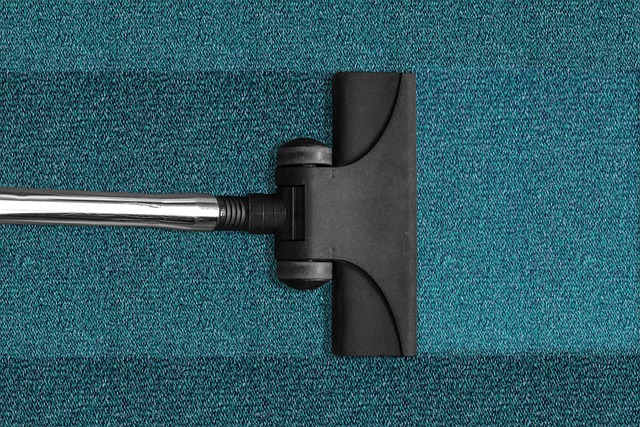
Paper
Floor graphics are a great way to promote your business‘ new product or service. However, choosing the right material for your floor graphics is important. The right materials will help your floor graphics last longer and look better. In addition, the wrong materials can lead to your floor graphics becoming unstuck from the ground and damaged.
Most of the time, floor graphics are made from vinyl with an adhesive backing and a protective laminate on top. These materials make floor graphics durable and able to withstand heavy foot traffic. They can also be used for long-term or short-term applications.
When it comes to choosing the best flooring graphic medium, there is a lot of variety available. Vinyl is popular, but some companies are starting to favor all-fabric-based materials. These are more effective for smooth, hard surfaces, such as indoor concrete, vinyl, or tile. They also tend to be less expensive than two-step products.
Regardless of which type of floor graphic medium you select, following the manufacturer’s instructions is vital. This will help you avoid the common mistakes that can ruin a floor graphic. For instance, it is critical to clean the floor before applying the graphics. This will ensure that the surface is free of dirt, soapy residue, and cracks. In addition, it is important to let the graphics dry completely before using them.
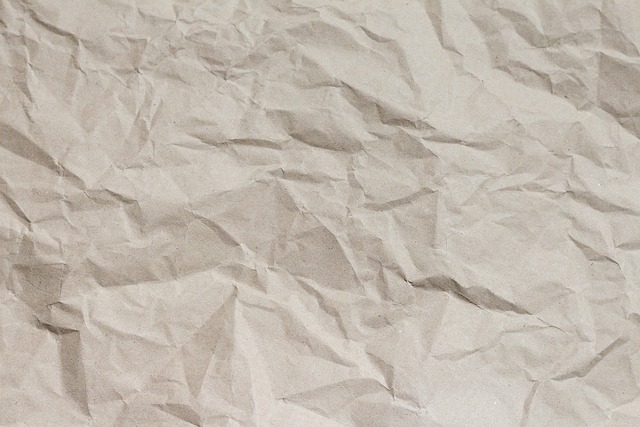
If you want your floor graphics to look more vibrant, glossy lamination is a good option. However, matte lamination can be more subtle and provide a glare-free finish. Dry-erase lamination is another option that allows you to write and erase your messages as needed.
The way your graphics are installed will also impact how long they will last. For example, if you apply them carelessly or without following the manufacturer’s instructions, they might become unstuck from the floor and damaged. This can also cause them to fall off sooner than they should.
When installing your floor graphics, it is also a good idea to place double-sided tape on the edges of the graphics to prevent them from lifting. This will also help to prevent the slipping that can occur on some floors.
In general, you should consider replacing your floor graphics if they begin to show signs of wear and tear. In particular, you should replace them if they are peeling, curling, or separating from the floor.

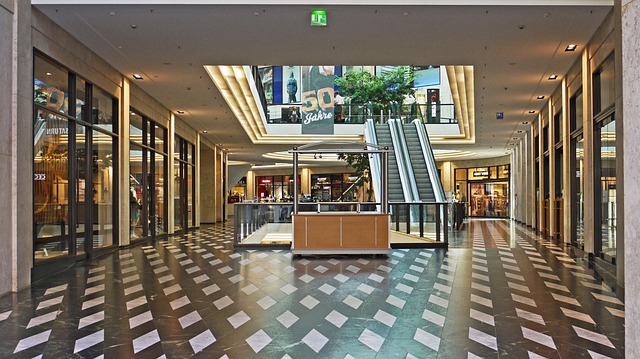








Leave a Reply